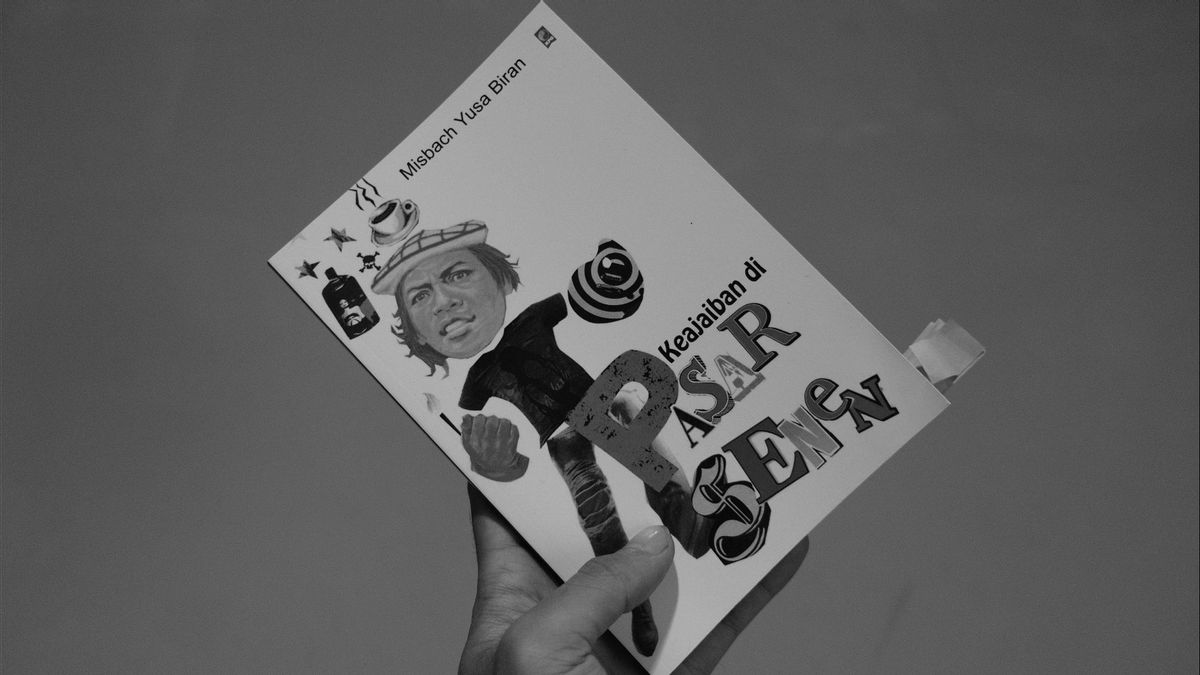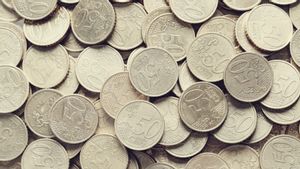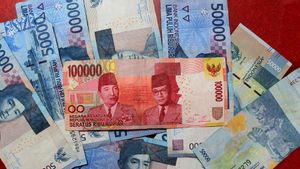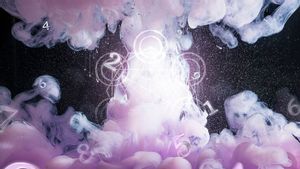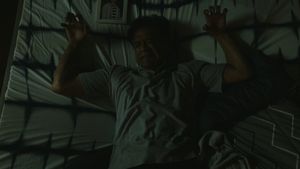JAKARTA - For today's young generation who want a glorious career in developing a startup or startup company, Silicon Valley, the United States is a kind of mecca to dream of. There, giant technology companies, such as Apple to Google, are headquartered.
Such conditions are similar to the scene that occurred in Pasar Senen, west of Jakarta, in the 1950s. At that time, young people who had dreams of becoming artists turned the market into a sacred place, aka a holy place, where they gathered to exchange ideas, prestige, and works.
Pasar Senen is a market located in Central Jakarta and has been around since the beginning of the 20th century and is now part of the city that never sleeps: Jakarta.
Miracle at Pasar Senen
This description is present in Misbach Yusa Biran's work entitled Miracles in Pasar Senen which contains 12 anecdotal writings containing the understanding that the Senen market deserves to be labeled the artist's Silicon Valley.
The artists in question are all artists. Both real artists, people who claim to be artists to cover up their 'homelessness', even people who pretend to be artists are wittyly reviewed.
Although it is somewhat different from Silicon Valley, Pasar Senen has quite the criteria as a place where renewal ideas are presented. The only difference is where the focus of the people is.
Silicon Valley is synonymous with people who like technology, and Pasar Senen is synonymous with people who like art. There are those who are successful at becoming artists, there are also those who have not been lucky and even claim to be artists.
This portrait was used as an anecdote by Misbach Yusa Biran which was previously published in Aneka Magazine (circa 1957 - 1959). At that time, many people only took advantage of the popular status of Pasar Senen as the home of artists who were labeled as Senen children.
One of them is Asmar, who often congregates at Putu bakers. It was this Asmar character who became a character in an anecdote with the same title as the book Miracle di Pasar Senen. In his story, Asmar is indeed an artist. But the matter of work is not yet clear.
And on average, no one ever knows any form of work from his thoughts during his time as an artist. As a result, the author was curious and concluded that Asmar is "the only artist in the Pasar Senen area who is the most genuine artist: 100%, 24 carats," as written on page five.
This was revealed because he saw that Asmar really didn't want to do anything other than think for art. Like it or not, the writer sacrificed a cigarette he owned to share with Asmar. The goal, as a mouthpiece so that the artist is willing to be candid about something that is blocking his mind.
The answer was that Asmar admitted that he was only one of those who used Pasar Senen as a medium to wait for a miracle. Namely, hoping that Pasar Senen's blessing can make him survive for the following days.
As a result, the writer was pity. The Rp5, which should have been rationed for tomorrow's cigarettes, was given to Asmar. There was a clear smile on Asmar's face and he said, “Well, do you believe it? Miracles do come, though only in part. Do you believe it? "
This story will provoke laughter from anyone who reads it. Moreover, the owner of the article was skeptical about Asmar thinking of an idea to work. In fact, so waiting for a miracle. That's just one of 12 other anecdotes that are ready to churn out your readers' stomachs. Even so, in each story, not only humorous content is shown. Because in it also poured out the advantages of senen children at that time, such as matters of idealism and courage.
According to Biran himself, “The strength of Senen's children is that they have the courage to try anything, and they seem crazy. Like performing a play without capital, establishing a new magazine, making a monologue played by only one person. even establishing educational institutions. All courage is the main strength of a senen artist. "
This kind of mentality is now hard to find in today's life, even in Silicon Valley, which mostly adheres to the principle of "there is a fund, a new project works." Therefore, people who were born with DNA as an artist at that time, were certainly proud of the label of a Senen artist, even though many of them were without work, wanted money without wanting to work, and pretended to be more of an artist than an artist.
Finally, from the book Misbach Yusa Biran, the reader can understand that the title of an artist was indeed a very prestigious thing at that time. In addition, the author also paints a message related to life that will be one step more beautiful if people can laugh at themselves, their work, and life, even though the greatness or glory of the Senen market for artists is just a story.
Book Title: Miracle at Pasar Senen
Author: Misbach Yusa Biran
First Published: 1971
Publisher: KPG (Popular Gramedia Library)
Number of Pages: 177
The English, Chinese, Japanese, Arabic, and French versions are automatically generated by the AI. So there may still be inaccuracies in translating, please always see Indonesian as our main language. (system supported by DigitalSiber.id)
